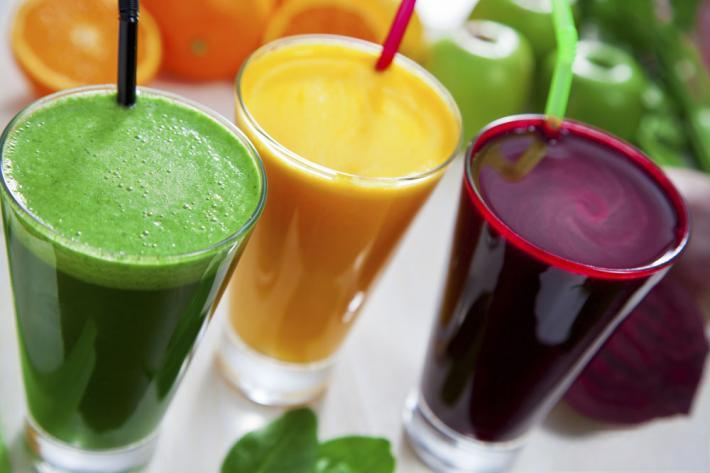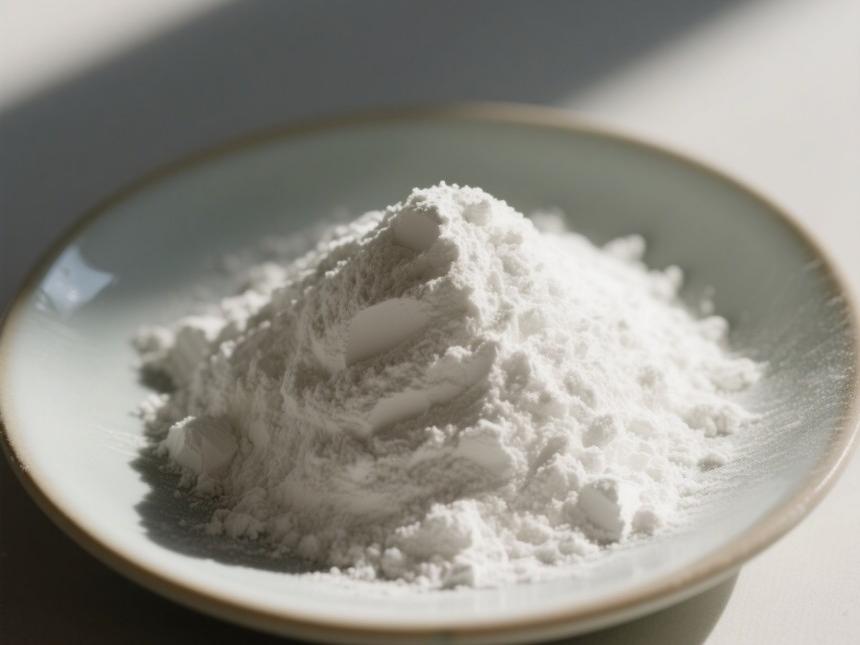固定化されたpapainの使用は何であるか。
Papaya (Carica papaya), also known as wood apple, longevity fruit, or milk fruit, is a perennial small tree belonging to the Caricaceae family and Carica genus. It has a significant cultivation area in the southern regions of China [1]. According to statistics from the Papaya Innovation Team at the Subtropical Crops Research Institute of the Guangxi Zhuang Autonomous Region, the cultivation area of papaya in Guangxi is approximately 4,000 hectares, accounting for about 60% of the national cultivation area.
papain (ec: 3.4.22.2)は、熱帯の果実パパイヤに由来するチオールを含むタンパク質分解酵素の一種であり、パパイヤの木の根、茎、葉に広く存在し[2]、特に熟していない果実の新鮮なラテックスに豊富に存在する[3]。papainは212アミノ酸からなる1つのポリペプチド鎖エンドペプチダーゼで、システイン残基が25位、ヒスチジン残基が158位である[4]。papainは、高い熱安定性、広いph許容範囲、低い基質特異性を示すため、食肉の軟質化、絹の脱ガム、飼料品質の改善などに使用される一般的な生物学的触媒です。中国のpapain酵素産業はまだ初期段階にありますが、大きな市場需要があり、大きな開発可能性と強力な成長勢いを示しており、さらなる研究が必要です。
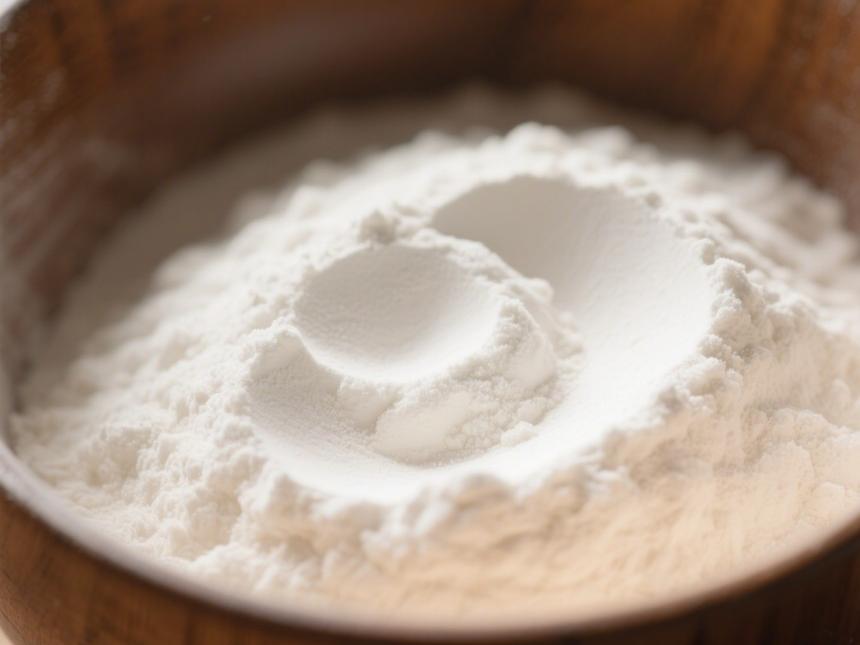
Due to the protein nature of enzymes, they often lose their catalytic activity and become inactive after short-term or single-use applications, rendering them unsuitable for reuse. By immobilizing enzymes onto specific carriers using appropriate methods, enzyme stability can be enhanced, storage life extended, separation and recovery facilitated, utilization rates improved, and reaction times shortened, thereby reducing production costs. Through immobilization, the enzymatic properties of papain can also be significantly enhanced. This paper reviews the application of immobilized papain in various industries, aiming to provide some references for the development and application of immobilized papain.
第1話では、パパイヤの封印を解くために登場
長年の研究と実践を通じて、埋め込み、吸着、架橋、結合などの従来の方法から、膜固定化[5]、マイクロ波支援固定化[6]、キャリアフリー固定化[7]などの新しい方法まで、多くの有効な酵素固定化法がまとめられています。このうち、papainの固定化には吸着法、埋め込み法、キャリア架橋法が一般的に用いられている[8]。li lin[9]は、変性竹材料をキャリアとして利用し、papainを固定化するために吸着法と共有結合法の両方を用いて、動作安定性、貯蔵安定性、アルカリ性耐性、高温耐性を向上させた固定化papainを開発した。
Baidamshina et al. [10] immobilized papain onto medium-molecular-weight (200 kDa) and high-molecular-weight (350 kDa) chitosan matrices, and the immobilized papain exhibited higher thermal stability and longer half-lives. Wei Meiping et al. [11] immobilized papain onto magnetic particles using metal chelation. The immobilized papain effectively degraded black ant protein. Compared to free enzymes, the immobilized enzymes exhibited advantages such as ease of regeneration and stable enzyme activity after regeneration. These results indicate that the thermal stability, alkaline resistance, and other enzymatic properties of immobilized papain can be further optimized and improved, making it more suitable for various applications.
2代目パチンコ師
2.1固定化されたpapainの食品産業への応用
Burdock is a traditional Chinese medicinal and edible plant with high nutritional value. The burdock多糖类 it contains possess antioxidant, anticoagulant, and blood sugar-lowering properties, among other biological activities, making them highly valuable for both food and health purposes. By using chitosan as a carrier and processing papain under appropriate conditions, immobilized papain can be obtained. Using this immobilized papain to extract burdock polysaccharides (extraction parameters: pH 6.5, time 8 h, solid-liquid ratio 1:20, enzyme dosage 1.8 g/g), an extraction rate of 11.04% was achieved, and the immobilized enzyme retained over 50% of its enzymatic activity after five repeated uses. This study has established an effective method for the extraction of burdock polysaccharides and provides a reference for the extraction of bioactive components from other medicinal and edible plants [12].
Juices, beer, and other beverages may exhibit cold haze (Chill haze) during low-temperature storage or prolonged storage, which affects product quality. As early as the 1990s, Chinese researchers began studying the application of immobilized enzymes to address cold haze issues in beverages. Xu Fengcai et al. [13] used nylon-immobilized papain to treat beer. After treatment with immobilized papain, the turbidity of the beer decreased by 2–11 times, and the protein content decreased by 55% compared to untreated beer. Additionally, the beer retained its original flavor, extended its low-temperature storage time, and the chill haze phenomenon was significantly improved. In addition to using nylon as a carrier, beer can also be treated with chitin-immobilized papain. Jiang Yongming et al. [14] used chitin as a carrier and glutaraldehyde as a cross-linking agent to prepare immobilized papain for beer clarification experiments. The experimental results showed that beer treated with chitin-immobilized papain prepared under optimal conditions had a protein concentration reduced from 56.5 mg/L to 2.7 mg/L, with significant clarification effects, which is beneficial for improving beer quality and commercial value.
キトサン固定化パパインは、フルーツジュースの明確化にも適用することができます。yava§er[15]は、n, n-メチレンビス(アクリルアミド)架橋アクリレートメチル- 2-ヒドロキシエチルエステルとグルタルアルデヒド架橋冷凍キトサンを用いてpapainを固定化し、papainを用いてリンゴジュースの清明化を行った。ph 4.08の反応条件下では、固定化されたパパンの明確化率は31.4%に達したが、遊離パパンの明確化率は14.7%にとどまり、固定化された酵素の明確化率よりも有意に低かった。これは、凍結ゼラチン化キトサンのみで得られた明確化率(12.5%)に近いものであった。
leilaら[16]は、磁性ナノ粒子を用いたpapainの固定化に関する研究を行い、ザクロジュースの治療には遊休papainと固定化papainを用いた。50°cでは、14日目に遊離パパンと固定化パパンで処理したザクロ果汁の濁度はそれぞれ44.2と44.7で、未処理のザクロ果汁の濁度(92.7)より有意に低かった。このうち、固定化されたpapainは、10回の再利用で約40%の酵素活性を維持し、20日後には80%近くの酵素活性を維持していた。食品の安全性への関心が高まる中、果物由来のpapainは、食品業界の安全要件に適合し、この分野での広範な適用に有利である。固定化後のpapainは、熱安定性、アルカリ性耐性、再生特性が向上しており、食品業界への適用範囲の拡大が望まれています。
2.2固定化されたpapainの製薬業界への応用
The application of immobilized papain in the pharmaceutical industry has also achieved notable progress. Cat's claw is the dried rhizome of the plant Smilax glabra, a common traditional Chinese medicine. Its polysaccharides possess rich biological activities, such as anti-inflammatory, anti-tumor, antioxidant, and immune-modulating effects [17-19], demonstrating significant medicinal and health benefits. Liao Qiyuan et al. [20] used immobilized papain to remove proteins from crude polysaccharides of cat&#最適条件:12%固定化酵素、60°cの酵素加水分解温度、2時間の酵素加水分解時間、ph 6.0。多糖の保持率73.2%、タンパク質の除去率71.3%で、cat&の作用に対するタンパク質の干渉を効果的に低減します#39; s爪だまた、本研究は、今後の漢方薬の有効成分抽出・精製の参考にもなる。
Immobilized papain has a certain effect on wound treatment [21]. Vasconcelos et al. [22] immobilized papain onto peroxybacterial cellulose (OxBC) membranes. The OxBC-immobilized papain extended the membrane&#シミュレートされた炎症を起こした肌に39;のアクション時間、この特性はoxbc膜を強化します&#将来の医療バイオドレッシングのための新しい可能性を提供し、慢性皮膚創傷から膿や壊死組織を除去する39の有効性。

抗原結合断片(fab)は特定の疾患を治療するための抗体医薬品として機能する。また、いくつかのfabベースの抗体医薬品が、米国食品医薬品局(fda)によって承認されています[23]。armutcuらは[24]、冷凍ゲル固定化されたpapainバイオリアクターを用いてヒト免疫グロブリンg (igg)抗体を消化し、消化産物の定性的分析を行った。実験の結果、iggの消化率は80.6%に達し、fabフラグメントは37.84%を占め、消化産物の中で最も豊富なフラグメントとなりました。今回の研究は、固定化されたpapainが免疫グロブリンの消化を介して治療薬のfab断片を効果的に得ることを示している。上記の研究に加えて、多くの報告が、固定化されたpapainが臨床応用において重要な治療結果を達成したことを示しており、製薬業界におけるpapainのさらなる研究に重要な意味を持つ。
Biopharmaceuticals, characterized by abundant resources, interdisciplinary nature, and low costs, have experienced rapid development and are currently one of the research hotspots. Papain, as a plant-derived natural product, has already demonstrated certain utilization value in this industry. After immobilization, its performance is enhanced, which facilitates further exploration of its additional functions and application pathways, aiming to achieve more breakthrough results in biopharmaceuticals and clinical medicine.
2.3固定化されたpapainの他の産業への応用
2.3.1生物活性ペプチド調製
一般的に生理活性ペプチドとは、異なる組成や配列を持つアミノ酸から構成され、分子量6000 d未満で、高い生物活性と生体適合性を示すペプチドを指す[25-28]。また、抗菌、抗疲労、免疫調節などの機能を有し[29]、日々の健康維持や臨床研究にも重要な役割を果たしています。大豆ペプチドは大豆タンパク質の加水分解によって生成される短いペプチドで、血圧低下、コレステロール低下、抗酸化活性などの生理機能を示す[30]。
Cao Yuhua et al. [31] used chitosan as a carrier and cross-linked papain with glutaraldehyde to immobilize it. Under hydrolysis conditions of 55°C, pH 7.8, substrate concentration of 2.0–3.0 mg/mL, and a flow rate of 0.2 mL/min, they successfully prepared soybean peptides. with a hydrolysis degree of 42.6% and soybean peptide content of 1.453 mg/mL in the enzymatic hydrolysate. Antioxidant peptides possess functions such as inhibiting the formation of reactive oxygen species, scavenging free radicals, and decomposing peroxides [32], making them natural antioxidants with high safety.
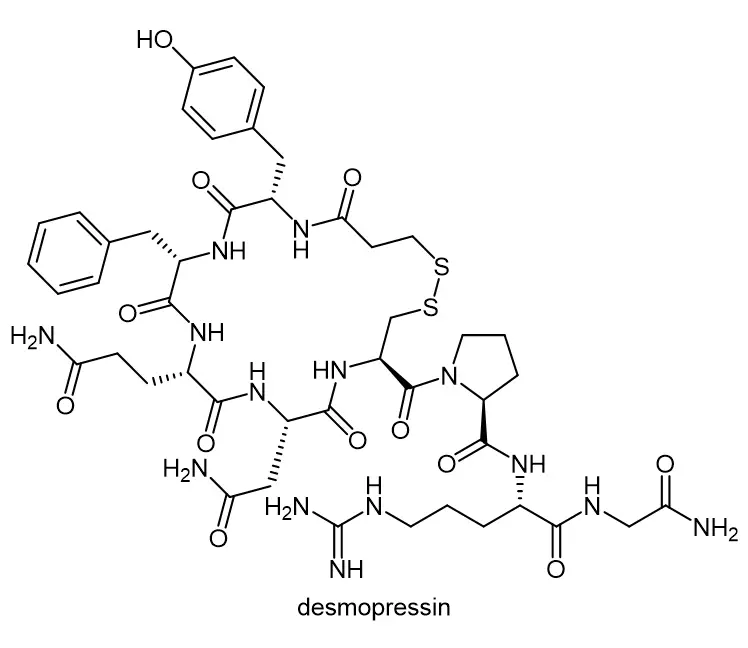
yang juxing[33]は、自己調製したメソポーラス材料l-mcm-41を担体として利用し、papainと加水分解したホタテプタンパク質を固定化し、抗酸化性ホタテプペプチドを調製した。その結果、固定化酵素を加水分解して得られたホタテのペプチドは、非固定化酵素に比べて高い抗酸化活性を示しました。固定化酵素を用いた酵素加水分解によって得られるホタテップペプチドの最大還元力は遊離酵素の約2倍であり、酵素加水分解時間が大幅に短縮された。diao wenjinらは[34]、超大細孔ポリ(メタクリル酸メチル)を担体としてpapainを固定化し、酵母タンパク質の触媒加水分解によって酵母の抗酸化ペプチドを生成させた。固定化されたpapainの触媒作用の下で、加水分解産物の最高の抗酸化活性は81.2 mol te /gに達し、野菜や果物のそれをはるかに上回った。さらに、20回の繰り返し使用後、固定化されたpapainは初期酵素活性の35%を保持していた。
2.3.2繊維産業
papainは、絹のデガミング、革の柔軟化、ウールのしわ防止などの繊維プロセスに使用することができます[35-36]。そして、その利点は、固定化後にさらに強化することができます。[37]無水物の1,2,4-ベンゼントリカルボン酸と安息香酸テトラキ(2-ヒドロキシエチル)を化学修飾したpapainを、活性化された綿布上に固定化した。固定化された修飾酵素は、熱安定性、耐アルカリ性、耐洗浄性を大幅に向上させました。界面活性剤の濃度を20 mg/mlにしたところ、フタル酸テトラメチルパパンの活性は約40%維持されたが、天然パパンの活性はほぼ完全に阻害された。本研究は、固定化された変性papainが、機能性繊維分野における綿繊維に応用可能な価値を示すものである。
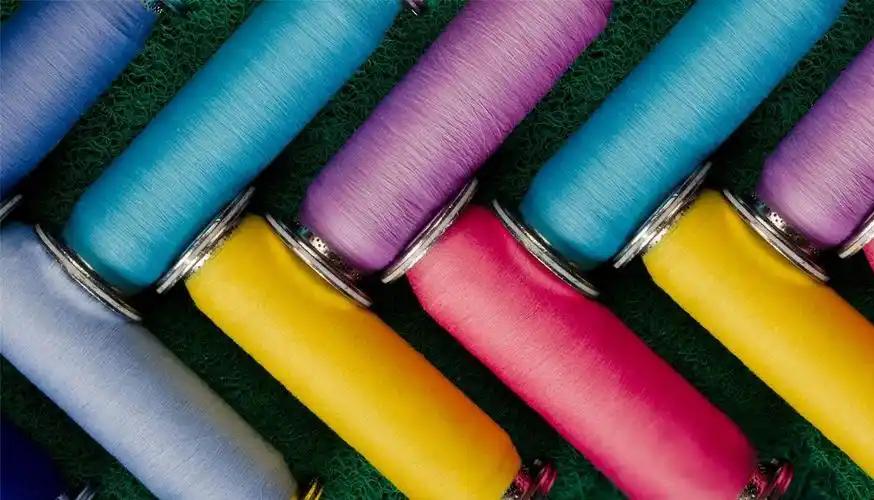
2.3.3化学工業
酵素や酵素製剤を洗剤に添加することも触媒として働く。酵素は特定の有機汚れをより小さな分子に分解し、水溶性を高め、除去を促進する。プロテアーゼは洗剤に使われた最初の酵素でした[38]。sangeethaら[39]フタル酸でコーンスタミンゲル上に修飾した固定化されたpapainは、98%の固定率を達成し、カオリンなどの他のキャリアよりも有意に高い。固定後のpapainの保持酵素活性は約78%であったが、熱安定性と最適ph値も向上した。
固定化酵素を洗剤に添加すると、遊離したパパンに比べて高い酵素活性を示しました。これらの実験結果は、変性papainの家庭用洗濯洗剤への応用の可能性を示している。環境保護意識の高まりとともに、化学工業に対する要求も高まっています。papainは、環境汚染を起こさない植物由来の酵素で、環境にやさしい触媒です。固定化後は再利用が可能になり、廃棄物の処理をさらに削減することができます。これはグリーン開発の概念に沿ったものであり、化学産業での開発と応用を促進します。
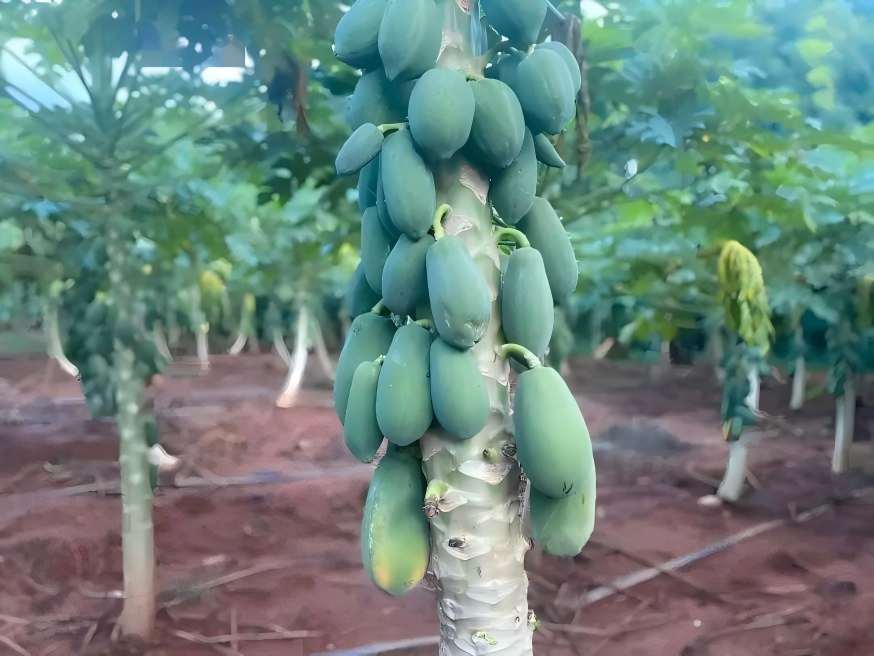
3展望
パパイヤは中国で広く栽培されており、パパインは長い歴史を持ち、応用範囲も広く、大きな発展の可能性を秘めています。固定化されたパパインは、遊離パパインと比較して、広いph許容範囲と高い熱安定性を示し、再利用することができ、効果的に使用コストを削減し、生産効率を向上させ、パパイヤの市場価値を高めます。
このような特性から、「固定化パパイン」は様々な分野で一定の成果を上げている。しかし、現在のpapainの研究やその固定化はまだ初期段階であり、産業応用の可能性は限られています。現在の成果では、急速に成長する中国の産業需要を満たすには不十分です。これはまた、papainとその固定化に開発と生産価値の大きな余地があることを示しています。したがって、それからこの件は緊急関連研究者支援、開発に利用方法、固定化革新技術など繁殖enzyme-specificの株、酵素生の酵素分離斎戒し、papainの潜在力を十分に利用効率よくを全面的かつに、付加価値を高める、木瓜、パパイヤのリソース利用経路を拡大さらにパパイヤの成長産業振興の近代化の速度を速めるChina'の亜熱帯の専門農業。
参照
[1] chen yan, zheng jian, chen shimo, et al。主な形態学的特徴と主成分分析,10種のパパイヤ生殖質リソースのクラスター分析[j]。^ a b c d e f g h『漢書』巻1・2(4)、69-74頁。
[2] Wan京です。papayaからのpapainの抽出過程に関する研究[d]。海南大学、2010年。
【3】趙淀波、陳謙、張麗耀。papainの抽出と応用の進展[j]。食肉研究,2010(11):19-23。
[4]申家宝さん。papain [j]を紹介します。^『仙台市史』通史編2(通史編1)、通史編5(通史編2)、51-56頁。
[5] liu ru, jiao chengjin, yang lingjuan, et al。酵素固定化研究の進展[j]。 ^ a b c d e f g h『食品安全と品質検査』、2018年、12(5):1861-1869。
[6]黄彼です。パルミチン酸イソクチルエステルの触媒合成のためのマイクロ波補助リパーゼの固定化に関する研究[d]。2018年、吉林大学教授。
[7] ke caixia, fan yanli, su feng, et al。酵素固定化技術の最近の進歩[j]。^「bioengineering」。journal of bioengineering(2018) . 2018年2月18日閲覧。
【8】鄧静、呉華昌、周健。papain [j]の研究進捗状況。^『仙台市史』通史館、2003年(平成15年)、5-7頁。
[9]李林。竹セルロース担体に固定化された酵素の調製と特性[d]。2014年、蘇州科技大学教授。
[10] baidamshina d r, koroleva va, olshannikova s s, et al。キトサン固定化papainの生化学的性質と抗バイオフィルム活性[j]。^『官報』第2019号、大正9年(1919年)4月19日。
[11] wei meiping, pang yufeng, chen zhengyi, et al。磁気的に再生可能な固定化酵素の調製とマイクロ波によるタンパク質分解への応用[j]。日本学術振興会紀要,2014,34(4):748-754。
[12] gao mingxia, miao jingzhi, cao zhehong, et al。キチン固定化papainを用いたゴボウ多糖抽出に関する研究[j]。^『人事興信録』第9版、226-229頁。
【13】徐鳳采、李明奇。ナイロン固定化papainとその応用に関する研究[j]。 ^『仙台市史』通史編3(仙台市)302-306頁。
[14] jiang yongming, sui dexin, zhao guojun, et al。キトサン固定化papain [j]の研究。^『仙台市史』通史編4(通史編4)470-474頁。
[15] yaver r, karagzler aa。ポリ(ヒドロキシエチルメタクリレート)-キトサン凍結ゲル上のpapainの共有結合固定化。^「food science and technology international, 2020, 26(7): 629-641」。food science and technology international . 2016年3月26日閲覧。
[16] mosafa l、moghadam m、shahedi m . papain磁性ナノ粒子に支持された酵素:フルーツジュースにおける調製、特性評価および適用[j]。中国触媒学会誌,2013,34(10):1897-1904。
〔17〕朱恵。多糖類の抗炎症機構に関する実験的研究[j]。^「science and technology wind, 2021(13)」。science and technology wind . 2017年3月13日閲覧。
[18] wang aiwu, wang mei, yuan jiurong, et al。cuspidatumエキスのin vitro抗腫瘍活性に関する研究[j]。 natural products research and development, 2004(6): 529-531。
[19] lv xiaohua, wang huimin, han hongxia, et al。catの免疫調節と抗酸化活性に関する研究'sの爪多糖類[j]。chinese journal of traditional and western medicine, 2010, 35(14): 1862-1865。
[20] liao qiyuan, jing jia, wang xiaoge, et al。cat&から粗多糖類のタンパク質除去過程に関する研究#39;s爪草[j]。日本学術振興会,2018,37(11):9-13。
[21] moreira fr nf, vasconcelos nf, andrade fk, et al。papainはアルギン酸膜上に固定化され、創傷被覆に応用されている[j]。^ a b c d e f g h「biointerfaces」。biointerfaces(2010年). 2011年12月22日閲覧。
[22] vasconcelos n f, cunha a p, ricardo n m p s, et al。皮膚創傷の脱bridementのための潜在的な戦略としてのヘテロ機能性膜セルロースへのpapainの固定化[j]。^ international journal of biological macromolecules, 2020(165): 3065-3077。
[23]蘇爾珍、李明亮、魏東之。papainのin situ固定化と物性[j]。南京林業大学紀要(自然科学編),2014,38(6):99-104。
[24] armutcu c, orman m e, bayram e, et al。cryogelバイオリアクタ分離装置で固定化されたfabおよびfc結合papainの精製[j]。journal of chromatography b: analytical technologies in the biomedical and life sciences, 2020(1158): 122396。
[25]荘(ヤン)。栄養健康における生理活性ペプチドの応用[j]。^『官報』第1512号、大正15年(1915年)12月15日。
[26]張Shouwen。encyclopedia of chinese bakery foods:原材料と食品添加物[m]。中国軽工業出版、2007年。
[27] zhao xuan, fu rong, qiang haiyan, et al。生体活性ペプチドの研究[j]。^ a b c d e f g h『仙台市史』第4巻第4号(平成29年)29-30頁。
【28】好孝利、吉日目、和静ナノキャリアを用いた生理活性ペプチドの経口送達に関する研究[j]。食べ物や科学2021年、42(11):341-348。
[29] dilshat y, parida h, nurmuhammat a, et al。健常者における大豆ペプチドの免疫機能、脳機能、神経化学への影響[j]。^『官報』第2828号、大正9年(1915年)12月15日。
[30]張小梅様。低血圧および低コレステロール性大豆ペプチドの分離および精製[d]。『漢学』南山大学、2006年。
[31] cao yuhua, wang haifeng, yang huiping, et al。固定化されたpapainを用いた大豆ペプチドの調製に関する研究[j]。 中国穀物油学会誌,2009,24(3):113-116。
[32]彭楽楽、ムー太化、張苗。食物源からの抗酸化ペプチドの研究における物理分野の応用の進展[j]。 ^「food science and technology, 2021」。food science and technology(2016年). 2016年4月6日閲覧。
[33]ヤンJiu-Xing。メソポーラス材料を用いたホタテ貝からの抗酸化活性ペプチドの調製papain [d]。『ハルビン工科大学』ハルビン工科大学、2014年。
[34] diao wenjin, zhang songping, wang ping, et al。papainを固定化した超大型細孔微小球を用いた酵母抗酸化ペプチドの調製[j]。化学工学,2013,41(11):1-4,13。
[35] deng yimin, zhang gao jun, jing lingxiao, et al。絹繊維からpapainを脱ガムする条件に関する研究[j]。^ a b c d e f g h i(2009年)20-22,28頁。
[36]申岳。papainの研究と応用のレビュー[j]。科学技術情報(科学教育),2008(11):313-314。
[37] xue y, nie h l, zhu l m, et al。無水物基を有する変性パパインの活性化綿織物への固定化[j]。応用生化学とバイオテクノロジー,2010,160(1):109-121。
[38]何春良,于文。超安定プロテアーゼの洗剤への応用[j]。中国洗剤工業,2005(1):57-60。
[39] sangeetha k, emilia at .アルカリ性培地での使用のためのpapainの化学的修飾[j]。journal of molecular catalysis b: enzymatic, 2006, 38(3-6): 171-177。
-
Prev
papainパウダーを固定する方法?
-
次
Natural Ingredient D Mannose Powder: A Scientifically Proven Solution for Urinary Health


 英語
英語 フランス
フランス スペイン
スペイン ロシア
ロシア 韓国
韓国 日本
日本